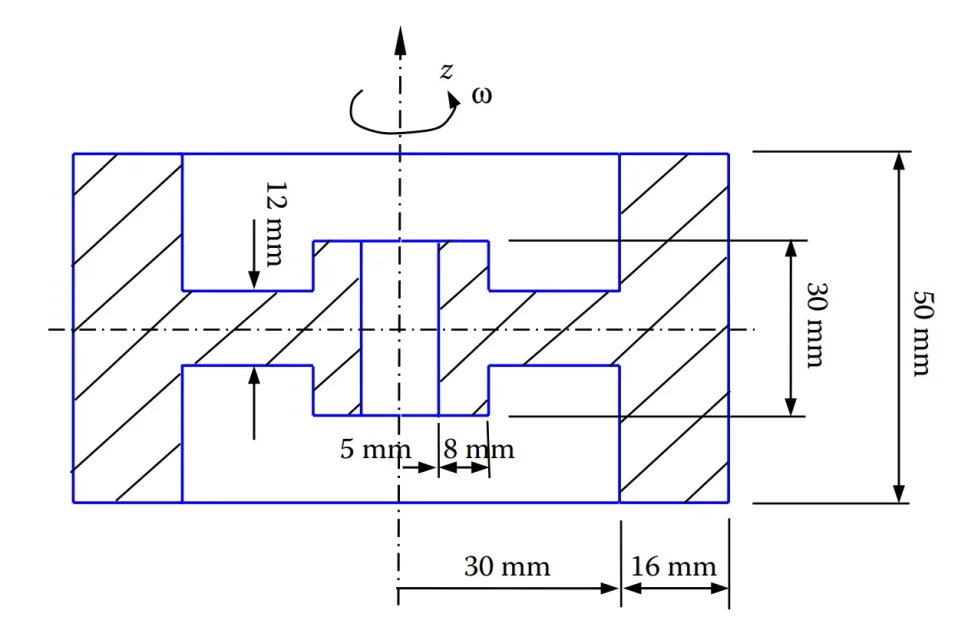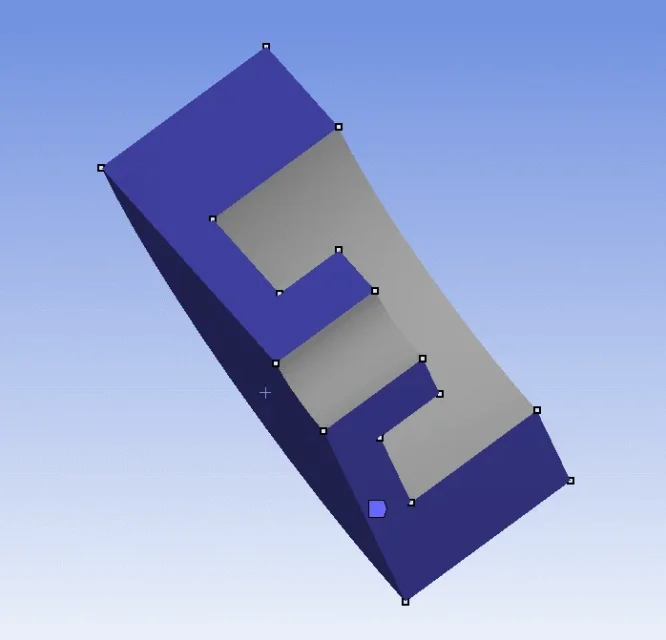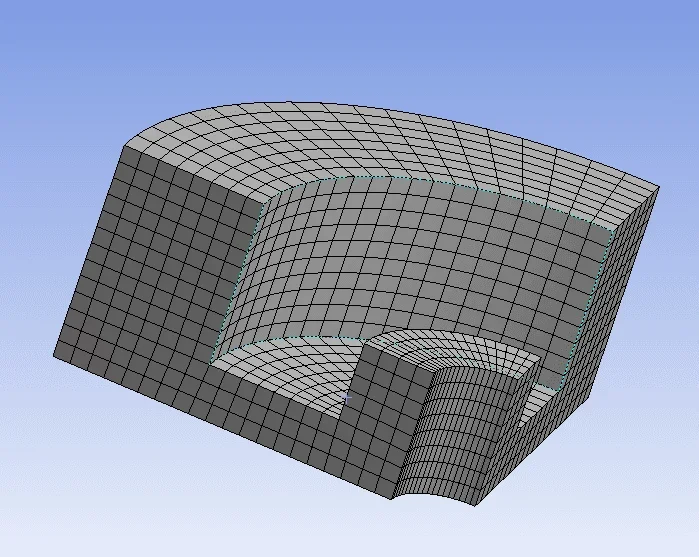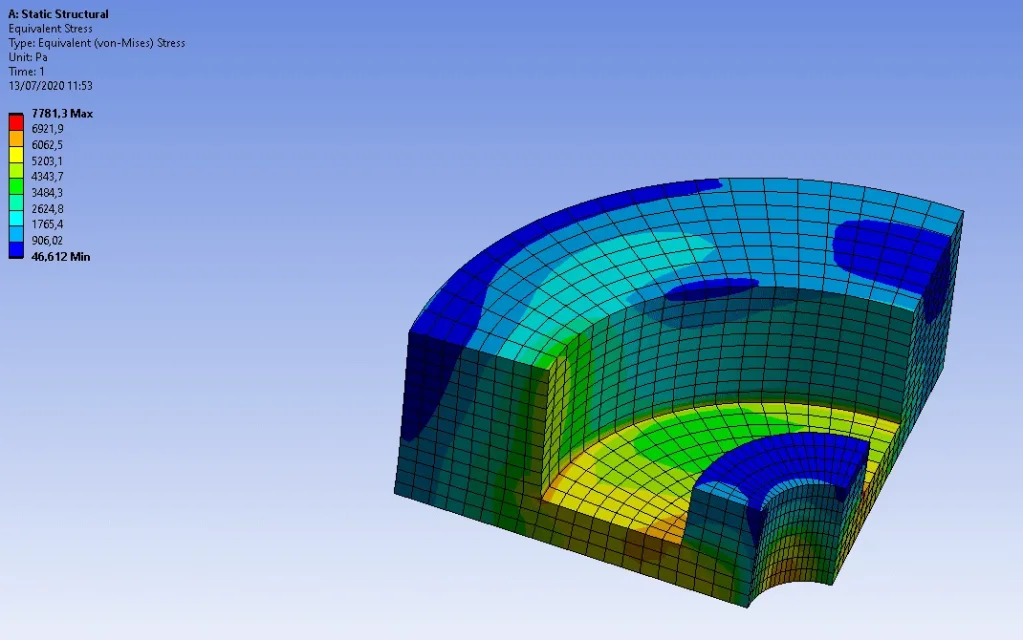Mito125
Guest
good morning, i'm trying to figure out whether the setting of the problem is correct or not. i have an object that rotates to 100rpm, the section of the object is as follows: i shaped the complete object as a rotation solid, getting the complete 3d object. i then applied the 3-storey long symmetry tool so that only one eye of the object. within model i entered 3 frictionless support to indicate the faces of the symmetry:
i shaped the complete object as a rotation solid, getting the complete 3d object. i then applied the 3-storey long symmetry tool so that only one eye of the object. within model i entered 3 frictionless support to indicate the faces of the symmetry: i have inserted a standard earth gravity and then inserted into components the rad/s rotation (about 10.47). the mesh seems very tidy to me:
i have inserted a standard earth gravity and then inserted into components the rad/s rotation (about 10.47). the mesh seems very tidy to me: did i fix it properly? are in doubt regarding frictionless support and if the symmetric division is correct. thank you.
did i fix it properly? are in doubt regarding frictionless support and if the symmetric division is correct. thank you.
 i shaped the complete object as a rotation solid, getting the complete 3d object. i then applied the 3-storey long symmetry tool so that only one eye of the object. within model i entered 3 frictionless support to indicate the faces of the symmetry:
i shaped the complete object as a rotation solid, getting the complete 3d object. i then applied the 3-storey long symmetry tool so that only one eye of the object. within model i entered 3 frictionless support to indicate the faces of the symmetry: i have inserted a standard earth gravity and then inserted into components the rad/s rotation (about 10.47). the mesh seems very tidy to me:
i have inserted a standard earth gravity and then inserted into components the rad/s rotation (about 10.47). the mesh seems very tidy to me: did i fix it properly? are in doubt regarding frictionless support and if the symmetric division is correct. thank you.
did i fix it properly? are in doubt regarding frictionless support and if the symmetric division is correct. thank you.
